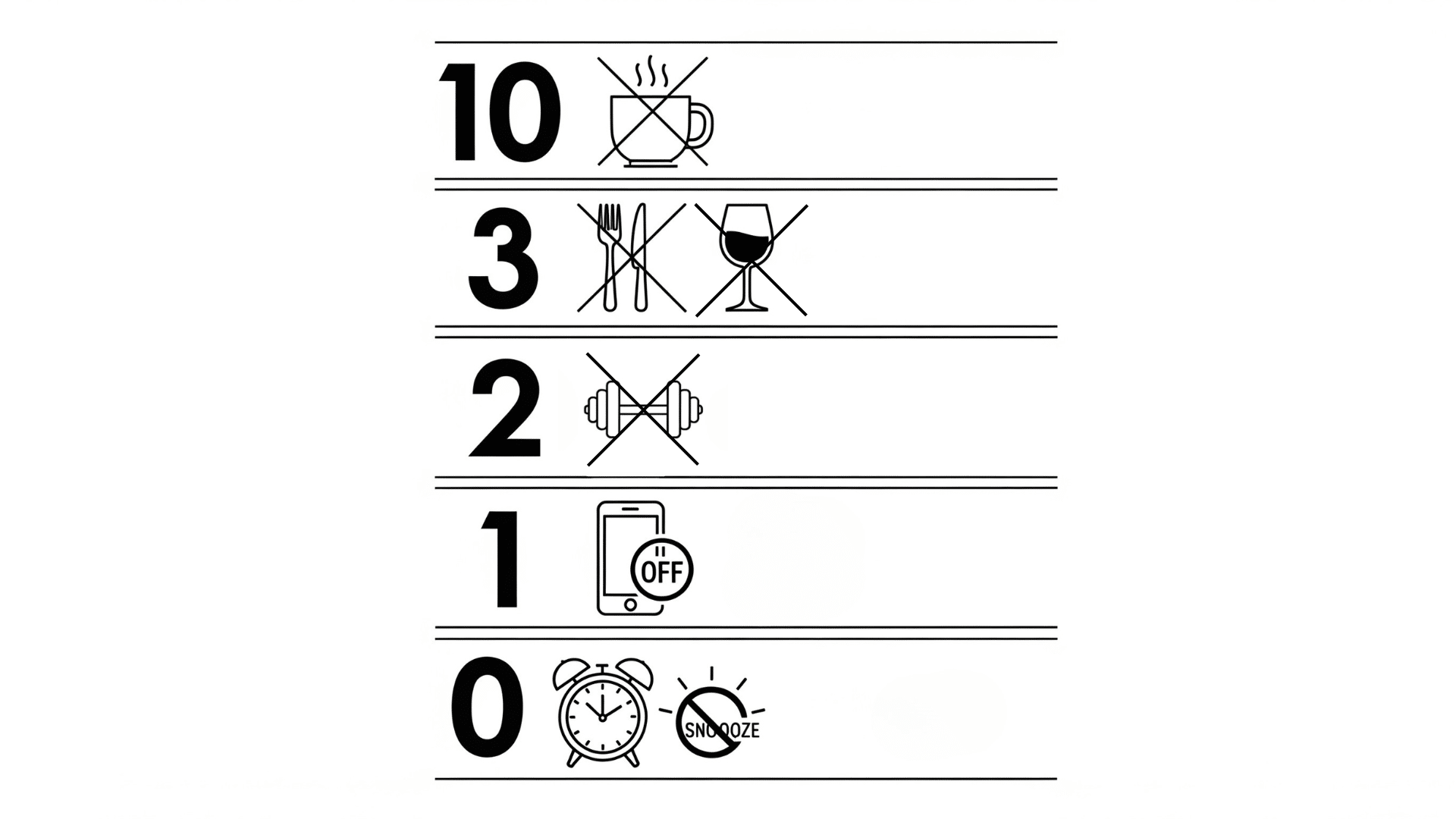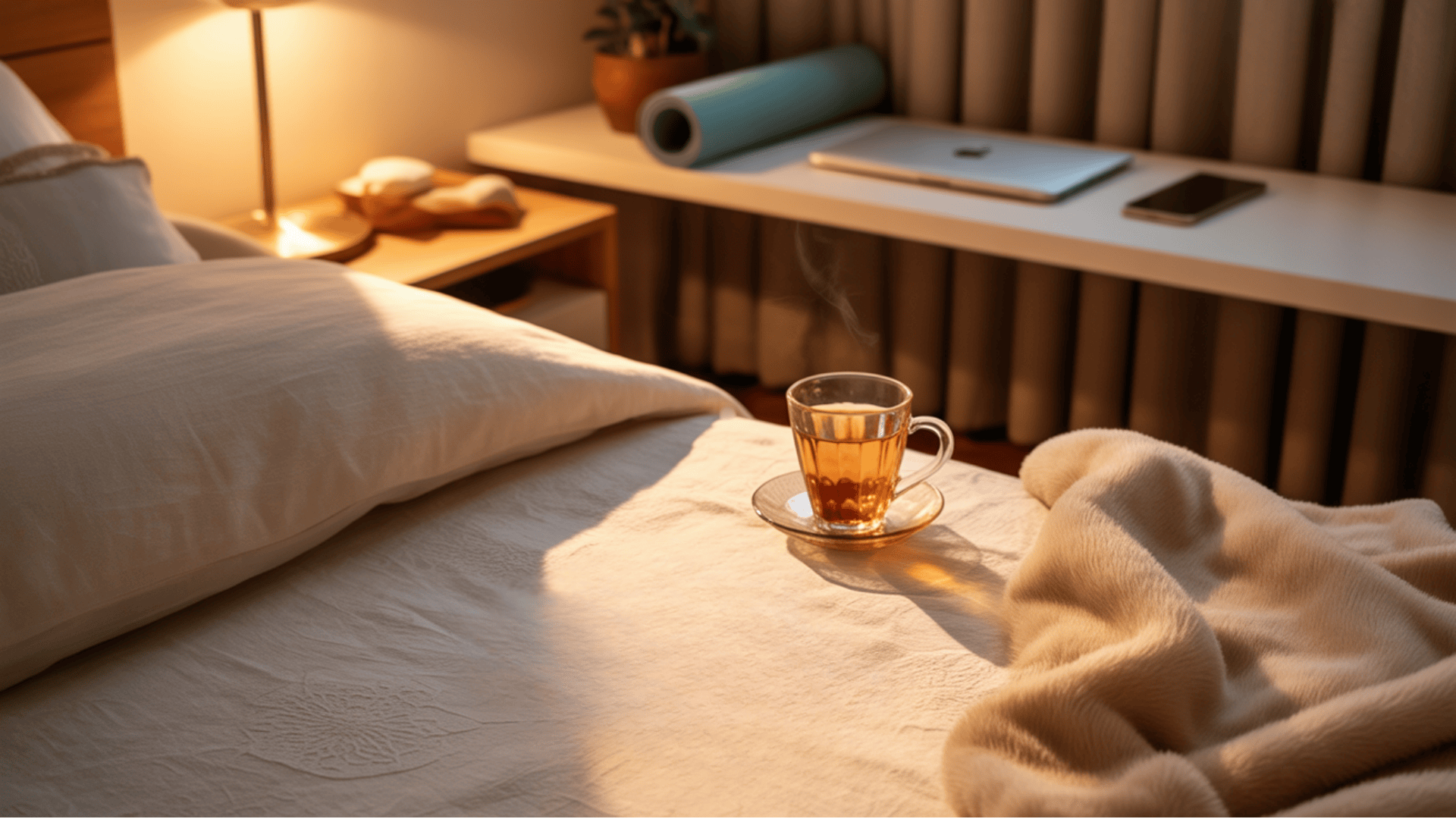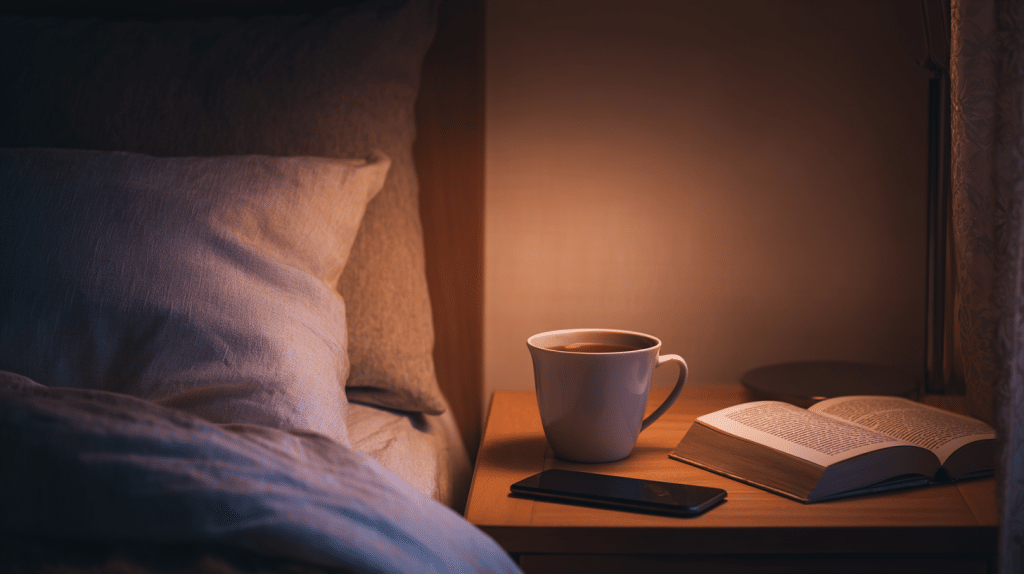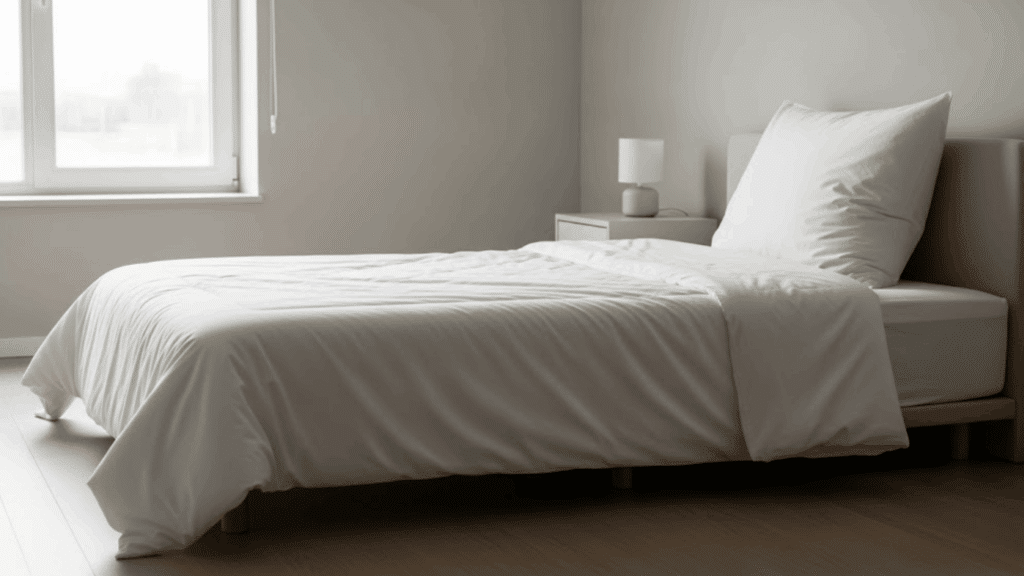Sleep problems affect millions of people worldwide. Poor sleep leads to tired mornings, low energy, and trouble focusing during the day.
Many people struggle with falling asleep or staying asleep through the night.
The 10-3-2-1-0 sleep rule offers a practical solution. This method uses timing to prepare your body for better rest.
Sleep experts recommend this approach because it works with your natural sleep cycle.
The rule is simple to follow and requires no special equipment. You just need to stop certain activities at specific times before bed.
This creates the right conditions for quality sleep that leaves you feeling rested and alert.
What Is the 10-3-2-1-0 Sleep Rule?

The 10-3-2-1-0 sleep rule is a timing system that prepares your body for sleep. Each number represents hours before bedtime when you should stop certain activities.
This method helps create the right conditions for falling asleep quickly and sleeping deeply. Sleep specialists developed this approach based on how the body naturally gets ready for rest.
10 Hours Before Bed: No Caffeine
Stop drinking coffee, tea, energy drinks, and sodas with caffeine 10 hours before your bedtime.
Caffeine blocks sleep chemicals in your brain and can stay in your system much longer than you think.
Even if you don’t feel jittery, caffeine can still make it harder to fall asleep later. Switch to water or caffeine-free drinks after this cutoff time.
Note: Caffeine has a half-life of 6 hours, meaning half of it is still in your body 6 hours after drinking it.
3 Hours Before Bed: No Food or Alcohol
Finish eating your last meal or snack 3 hours before sleep time. Your body needs time to digest food, and a full stomach can keep you awake.
Alcohol might make you feel sleepy at first, but it actually disrupts your sleep quality during the night. If you get hungry later, try a small piece of fruit or a few nuts.
Note: Digestion raises your core body temperature, which naturally needs to drop for sleep to occur.
2 Hours Before Bed: No Work or Exercise
Stop all work activities and intense physical exercise 2 hours before bedtime. Working keeps your mind active and stressed, making it hard to relax.
Exercise raises your heart rate and body temperature, which can interfere with sleep. Use this time for calm activities like reading or gentle stretching instead.
Note: It takes about 2 hours for your heart rate and stress hormones to return to normal levels.
1 Hour Before Bed: No Screens
Turn off all electronic devices, including phones, tablets, computers, and TVs, one hour before sleep.
The blue light from screens tells your brain it’s still daytime and stops the production of melatonin, your natural sleep hormone.
Try reading a book, listening to music, or doing light household tasks during this hour.
Note: Blue light exposure can suppress melatonin production for up to 3 hours after viewing.
0: Zero Snooze Button Hits
Never hit the snooze button when your alarm goes off in the morning. Each snooze cycle starts a new sleep phase that gets interrupted, leaving you more tired than before.
Set your alarm for the latest time you can wake up, then get up immediately when it rings.
Note: Sleep inertia from broken sleep cycles can last up to 4 hours after waking.
Why Does the 10-3-2-1-0 Rule Work?
Your body follows a natural 24-hour cycle called your circadian rhythm. This internal clock controls when you feel awake or sleepy throughout the day.
The 10-3-2-1-0 rule works because it supports this natural system instead of disrupting it. Caffeine blocks adenosine, a chemical that builds up during the day to make you tired.
Late meals and alcohol interfere with your body’s temperature drop needed for sleep. Work and exercise release stress hormones that keep you alert.
Blue light from screens stops melatonin production, your body’s sleep signal. Hitting snooze breaks your natural wake-up process, leaving you in a fog called sleep inertia.
When you follow these timing rules, you remove the barriers that prevent good sleep and let your body do what it naturally wants to do.
How to Apply the 10-3-2-1-0 Sleep Rule in Your Life

Start by picking your target bedtime and working backwards to set cutoff times for each activity. Track caffeine by setting phone reminders and switching to herbal tea after your deadline.
Plan meals to finish dinner 3 hours before bed, avoiding late-night snacks except for light options like fruit or nuts.
Create work shutdown routines with alarms to stop working 2 hours before sleep, replacing intense activities with gentle stretching or warm showers.
Make screens disappear by charging devices in other rooms and keeping books nearby for evening activities.
Beat snooze habits by placing alarms across the room and opening curtains immediately upon waking to reset your natural body clock with morning light.
What to Expect When Using the 10-3-2-1-0 Rule
Starting this sleep routine brings both positive changes and some challenges along the way. Understanding what to expect helps you stay committed and work through any difficulties that come up.
Benefits You Can Expect
Following this rule can change how you sleep and feel during the day. Most people notice improvements within a week or two.
- Faster sleep onset – Instead of lying awake thinking, your body will be ready for rest. Many people report falling asleep within 15 minutes instead of an hour.
- Deeper sleep quality – You’ll spend more time in the deep sleep stages that help your body repair itself. You might even remember fewer dreams because you’re sleeping so soundly.
- Easier mornings – You’ll wake up feeling more alert and ready to start your day. That afternoon energy crash might disappear too.
- Better mood and focus – Good sleep helps your brain work better. You might find yourself feeling happier and getting more done during the day.
Common Challenges and How to Overcome Them
Every good plan has some bumps along the way. Here’s how to handle the most common problems.
- Social situations – When friends want to grab a late coffee or dinner, suggest meeting earlier. Most people understand when you explain you’re working on better sleep.
- Work deadlines – If you must work late sometimes, try to dim your screen brightness and take breaks every 30 minutes. Consider wearing blue light glasses if you have them.
- Screen habits – Start small by making your bedroom a phone-free zone. Keep a book by your bed for those times when you really want something to do.
- Snooze temptation – Remember that those extra 9 minutes won’t make you feel better. Set your alarm for the latest possible time you can wake up, then stick to it.
Bonus Tips to Enhance Sleep Hygiene
Want to take your sleep game to the next level? Try these extra tips alongside your 10-3-2-1-0 routine.
| Sleep Tip | What to Do | Why It Helps |
|---|---|---|
| Sleep Schedule | Go to bed and wake up at the same time every day, even on weekends | Your body loves routine and will start getting sleepy automatically |
| Bedroom Environment | Keep it cool, dark, and quiet. Use blackout curtains or an eye mask if needed | A fan or white noise machine can block out distracting sounds |
| Nap Timing | Keep naps short (20-30 minutes) and before 3 PM | Late or long naps can make it harder to fall asleep at night |
| Exercise Timing | Finish workouts at least 4 hours before bedtime | Physical activity helps you sleep better when timed correctly |
Note: These bonus tips work best when combined with the 10-3-2-1-0 rule, not as replacements for it.
Conclusion
The 10-3-2-1-0 sleep rule provides a simple framework for better rest without complicated equipment or expensive solutions.
This timing-based approach works with your body’s natural sleep cycle rather than against it. Start by choosing one or two parts of the rule that feel most manageable for you.
Consider starting by putting your phone away an hour before bed or setting a caffeine cutoff time. Once these habits feel natural, gradually add the other steps.
Give yourself one to two weeks to notice real improvements in how quickly you fall asleep and how rested you feel in the morning.
Remember that consistency matters more than perfection when building better sleep habits.
What part of the 10-3-2-1-0 rule will you try first? Share your experience or questions in the comments below!





